|
Radschool Association Magazine - Vol 30 Page 8 |
|
|
Privacy Policy | Editorial Policy | Join the Association | List of Members | Contact us | Index | Links | Print this page |
|
|
|
|
|
Droop Snoot.
|
|
|
|
|
|
|
|
|
Kev Rosser sent us the above photo of Wayne “Sniffer” Smith, which was taken many years ago and shows him holding up the nose cone of a USAF Boeing 707. Kev suggested we ask Wayne to tell us what it was all about.
Wayne saw the photo and he got straight back to us, he says:
“Reading through the latest edition of the RAM, I was
surprised to find Key Rosser’s photo of me holding up the nose cone of the
USAF “Droop Snoot” 707 at Amberley in 1969. The year should give away the
reason for the
Bearing in mind the top secret status surrounding the aircraft and its visit to Amberley, it was still a piece of cake for Key (photography legend) and myself to wander out onto the tarmac and take a few shots, those were the days.
The story about the Lockheed U2 high altitude reconnaissance (spy) plane brought back memories for me. Back in 1965 I was posted to ARDU at Laverton to serve my time as a Radmech. During that time the U2’s were located up near 1AD and it was terrific to watch the aircraft take off and go straight up, you could hear it bellowing for about half an hour above the base. It would leave about 8arn and return at 5pm, then you could watch the recovery team running alongside the aircraft, when it was almost stopped, to grab the wingtips, to prevent the thing from tipping over on one side.
They fitted the removable dolly wheels under the wings and towed it back to the hangar. The pilot was every bit the Astronaut with his amazing air conditioned suit (well it was flash for 1965).
I enjoyed Key’s other story about Sabre servicing at 3AD way back then, especially the one about Steve Green being stuffed into the wing of the aircraft to manually cut out corrosion that formed underneath the fuel bladders.
I had to go down to 3AD to see it for myself, all that protruded from the wing was Greenie’s T Boot soles, I should have taken photos.
Cheers, Wayne”.
|
|
|
Brookvale. Don Burville
Ah! The smell of freshly cooked bacon and eggs! How
would you like them I’m asked (thinks - dumped on the plate as always).
It’s 10th Jan 1964, I have just arrived at this 1CARU place after 12 months in Woomera. It was a real shock. I’m a clerk equipment and find out the corporal is a WRAAF, the sergeant in the stores is a WRAAF, this is not the RAAF I remember from joining in 1963 at Wagga with the flies and plate slap food.
Security at this base was very tight. I remember one night arriving to find the duty guard asleep in his hut, no problem, just roll under the gates, get the key, open the gate, drive in, shut the gate again, replace the key and he didn’t miss a beat, just kept on snoring.
But, unfortunately, it was not to last. A new face arrived in the office, now there are three of us, one too many. Somebody had posted in another WRAAF within three weeks of me arriving. I was posted out, up to Willytown and nobody asked me how I liked my eggs there.
Back then I didn’t even know it was called the resort but now I can understand why.
|
|
|
Husband says:
Wife says: Wife says: |
When I get mad at you, you never fight back. How do you control your anger? I clean the toilet.
How does that help? |
|
|
|
|
China Airlines.
China Airlines recently had a few problems – see HERE
|
|
|
|
|
|
Vietnam: The True Victory O.M. Eather
In 2002, with the release of the
film 'We Were Soldiers', which starred Mel Gibson, and which was based on
the Battle of Ia Drang, the reality of the Vietnam War was finally given a
reasonable and unbiased depiction. This is far removed from the patent,
defeatist fantasies of films such as "Platoon" and "Apocalypse Now". It
also leads to examination of the persistent myth that America and her
Allies were "defeated" in the Vietnam
|
|
|
Beat the 5 o'clock rush, leave work at noon.
|
|
|
One of the most persistent and
recognisable motifs of this longstanding perspective is the continuous and
excessive use of footage of the helicopter evacuation of US citizens from
the US Saigon Embassy, a completely non military activity. It gives the
impression US Forces were driven out of the country in 1975 - all
|
|
|
How do you tell when you run out of invisible ink?
|
|
|
Concurrently, and most germane, was the fragmenting and emasculation of Communist aggression in Asia from the resolute example of America and Australia in Vietnam. The "dominoes" of South East Asia were given a priceless five years to cement their fragile economies and begin to deliver benefits to the people that evaporated the former appeal of Communism.
No less an authority than Lee Kuan Yew has confirmed this crucial fact - Vietnam bought the rest of South East Asia the time needed to implement economic and political reform. This was the main game, the defeat of Communist expansion in South East Asia, and we well and truly won it.
|
|
|
An elderly man walked into a confessional booth. The following conversation ensued:
Man: "Father, I am 82 years old, and have a wonderful wife of 60 years, many children, grandchildren, and great grandchildren. Yesterday, I picked up two college girls, hitchhiking. For some reason, they thought I was kind of interesting. One thing led to another, and we ended up at a motel, where I had sex with each of them twice." Priest: "I see, you have come here to confess your sins?"........
Man:
"What sins?"
Man:
"I'm Jewish." Man: "I'm telling everybody." |
|
|
|
|
|
The RAAF Memorial Centre 61 Davey Street HOBART TASMANIA
The History of the Centre
The suggestion of a Memorial Centre originated from the Council of Tasmania Division.
At an enthusiastic meeting of more than 200 Hobart citizens held on 29th November, 1946, under the Chairmanship of His Excellency, The Governor (Admiral Sir Hugh Binney) approval was granted for the launching of a State-wide appeal for funds to purchase a property.
The appeal was formally launched by the Lord Mayor of Hobart, the Right Honourable W W Osborne.
Sub-committees were formed throughout the State and the appeal became one of the largest conducted in Tasmania with a net result of £7,363/15/10 - sufficient to purchase the property known as "Woodbourne" at 61 Davey St, Hobart which became the RAAF Memorial Centre.
Extensive alterations and additions to the RAAF Memorial Centre have been carried out over the years, including a Memorial Chapel which was dedicated and "set apart" by three RAAF Staff Chaplains - Chaplain T D Beyer MBE, Principal Chaplain E F Cooper, and Principal Chaplain J P McNamara at a ceremony on 19th September, 1954.
The Memorial Room
The memorial book, researched by the late Mr Tom Simpson, which is prominently displayed on the lectern in the Memorial Room and which contains the names of all Tasmanian enlistments in the RAAF and the RAF who lost their lives during 1914-18, 1939-45, and the Korean War, was sent to England and Sir Winston Churchill wrote the foreword. The pen used by Sir Winston Churchill is at present in the Museum in the RAAF Memorial Centre.
An oil painting of Sir Winston Churchill by Patrick I White was purchased by the Hobart Branch Auxiliary in March 1960 for 100 guineas and donated to the Centre. The memorial panel where the painting of Sir Winston Churchill is hung contains the names of ex Air Force personnel who have died since the war.
The stained glass windows were installed by the Association’s WAAAF Branch, having been designed by Miss Eileen Thompson, a member of the Branch who served with the RAF.
On Sunday, 12th March 1961, His Excellency, The Governor (Lord Rowallan) unveiled the windows which were then dedicated by RAAF Staff Chaplains, Principal Chaplain K R Morrison, Assistant Principal Chaplain T D Beyer MBE, and Principal Chaplain L B Smith.
In previous years services were held in the Chapel during the "Battle of Britain" Commemoration and there have also been many funeral services held over the years.
The Museum
The Air Force Museum which is incorporated in the Centre was opened by Air Marshal J Newham AO on 13th September 1986. The Museum contains artefacts and memorabilia on display - "on loan" or donated - which depict the Australian Flying Corps 1917 and the RAAF 1921. Many of the articles have come from the Air Force Museum, Point Cook.
Donations of articles have exceeded the space available, with the result being that changes are made at frequent intervals.
One of the highlights is the "Dam Buster" section which contains a copy of Wing Commander Guy Gibson's Log Book which details the sortie when he earned the Victoria Cross. One of our (now deceased) members, FLGOFF Thomas Drayton (Tammy or Tom) Simpson DFC DFM was the rear gunner in the crew of (later) Air Marshal Sir Harold (Mick) Martin KCB CB DSO* AFC on the Dam Busters’ raid.
“Mick” Martin was an Australian who joined the RAF and flew the third aircraft to attack the Mohne Dam. He had an all RAAF crew during the raid.
The exhibit contains photographs of the crew about to receive their investitures, photographs of the bombs that were dropped, and the actual helmet and goggles worn by Tom on the raid. There is another interesting photograph of Tom in his rear turret. Apparently, on one of the raids, the aircraft was hit by flak and oil streamed over Tom’s turret. In order to maintain his vision Tom bashed the turret with a fire axe!
Another exhibit is that of WGCDR C W J (Bill) Falkinder CBE DSO DFC* who was a Pathfinder navigator and the most highly decorated of the Australian Pathfinders. He flew 83 operations between July 1943 and December 1944.
A further exhibit is that of WOFF Max Staunton-Smith (deceased) who was granted the French legion of Honour. Max was shot down over Holland and spent some time as a POW. He was a survivor of “The Long March” from Bankau in Poland to Luckenwalde, near Berlin. Max was unable to attend the investiture of nine other ex service personnel who were also granted the Legion of Honour. However the French Ambassador came to Hobart and presented the award to Max at a function in the Centre.
Another item of interest is the “Blue Max”. This is a blue medal inscribed in French. It is a pre WWI Prussian decoration when the fashion was to speak French at the Prussian court. It was originally awarded for “Generosity”, later for “Merit”, and, in WWII for bravery. During that war it was awarded to Max Immelmann, a German fighter ace, and hence received the nickname of “The Blue Max”.
The Museum also contains a copy of the Official Surrender Document signed in Tokyo Bay, Japan on September, 2nd, 1945. The document was signed on board the battleship USS Missouri by representatives of the Allied Forces and the Japanese Empire.
The original Trustees of the Centre were: Messrs T D Simpson DFC DFM, C J MacDonald, H S Barnett, and (later) D W Challender (all deceased). The current Trustees are : Messrs F L Heerey, WE Dixon OAM, and C K James RFD.
If you’re in Hobart – call in, you’re always welcome…
|
|
|
|
|
|
Back Go to page: 1 2 3 4 5 6 7 8 9 10 11 12 13 14 15 16 17 18 19 20 Forward |
|

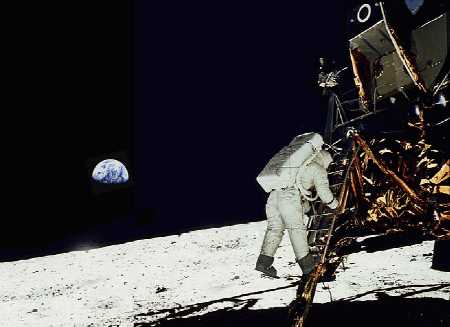 strange aircraft’s visit. That huge radome was stuffed with serious Radar
gear to monitor the Apollo 11 moon trip.
strange aircraft’s visit. That huge radome was stuffed with serious Radar
gear to monitor the Apollo 11 moon trip.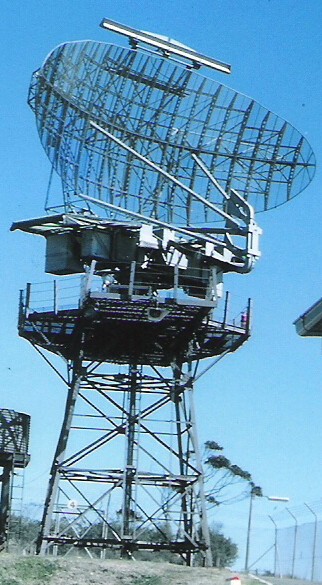
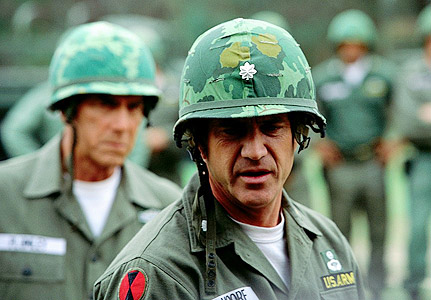 War, a myth peddled continuously by pinky journalists, academics and other commentators with a vested interest
in convincing all that it is reality. The 'Big Lie" of military defeat
that, said often and long enough, becomes the 'reality".
War, a myth peddled continuously by pinky journalists, academics and other commentators with a vested interest
in convincing all that it is reality. The 'Big Lie" of military defeat
that, said often and long enough, becomes the 'reality".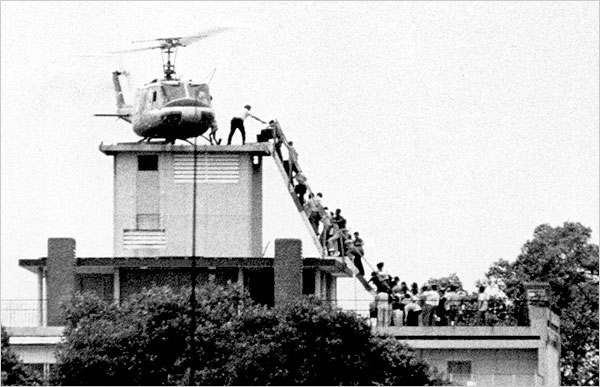 presumably exiting from the roof of the Embassy. This is invariably
accompanied by dialogue using the words "defeat" and "tragedy" and other
emotive and factless commentary to complete the quite shameless
distortion.
presumably exiting from the roof of the Embassy. This is invariably
accompanied by dialogue using the words "defeat" and "tragedy" and other
emotive and factless commentary to complete the quite shameless
distortion.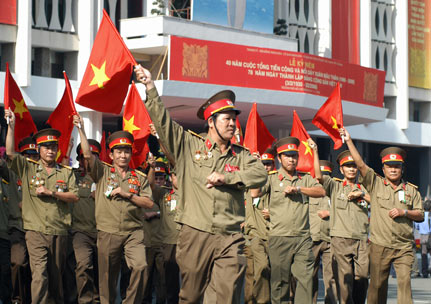 are intended to do. It also, irrevocably, wrested the initiative from the
Viet Cong and the People's Army of Vietnam in Phouc Tuy Province. So much
so that, eighteen months later during one of the most dangerous periods of
the entire war (
are intended to do. It also, irrevocably, wrested the initiative from the
Viet Cong and the People's Army of Vietnam in Phouc Tuy Province. So much
so that, eighteen months later during one of the most dangerous periods of
the entire war (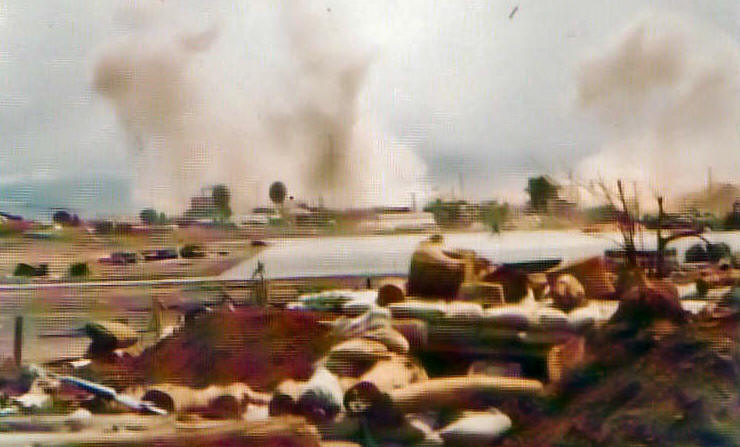 the most callous and egregious kind, a complete waste of the military
resources deployed by the North.
the most callous and egregious kind, a complete waste of the military
resources deployed by the North.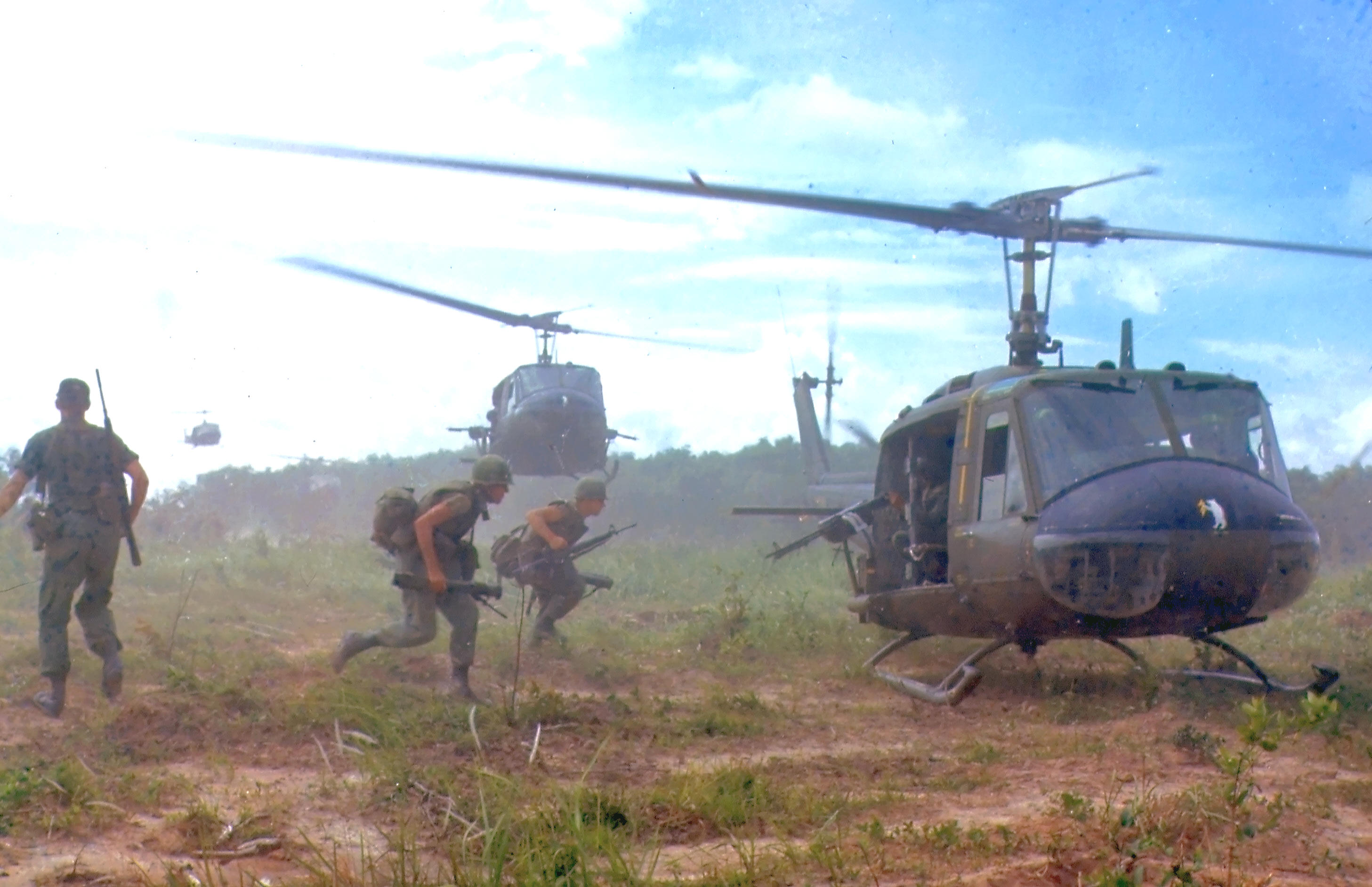 Finally,
another myth is the defeat of US technological might by a bare foot army.
The small part played by the Viet Cong against the consistent activities
of the very well equipped and numerically superior PAVN forces dismisses
the 'barefoot' fallacy. If there was any defeat in the Vietnam War, it was
that of the political dimension. This was completely ignored, yet any
elementary student (or reporter) of war theory knows, as
Finally,
another myth is the defeat of US technological might by a bare foot army.
The small part played by the Viet Cong against the consistent activities
of the very well equipped and numerically superior PAVN forces dismisses
the 'barefoot' fallacy. If there was any defeat in the Vietnam War, it was
that of the political dimension. This was completely ignored, yet any
elementary student (or reporter) of war theory knows, as